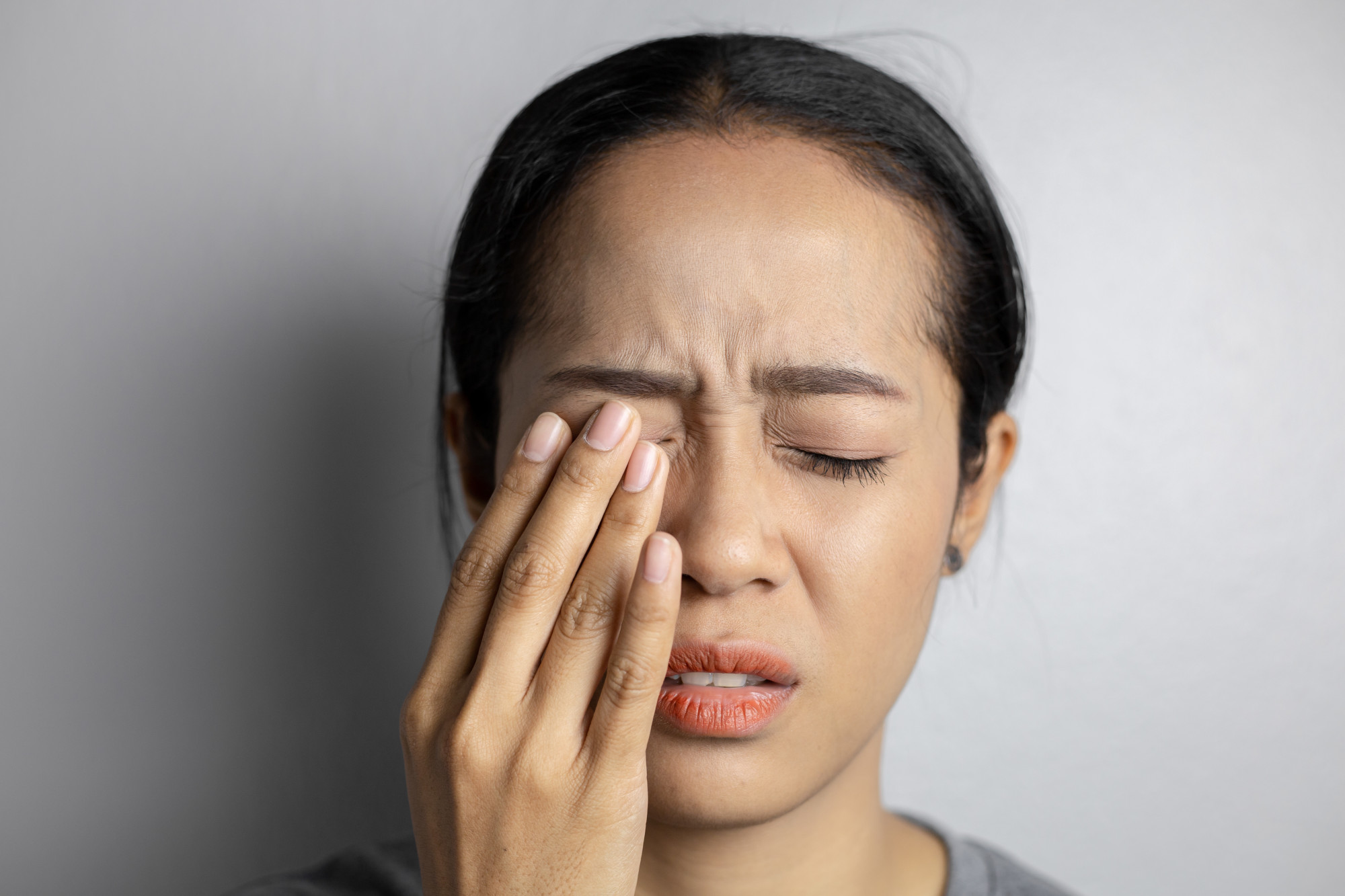

And no ages are exempt: Kids can get corneal abrasions just as easily as adults, especially if they’re active outdoors where sand, dust and other small particles can easily enter the eye. Our daily lives pose plenty of potential culprits anything from fingers or makeup brushes to pets or sports equipment can easily scratch the eye.

It doesn’t take a traumatic event, such as getting poked or hit in the eye, to cause an abrasion. Still, there are countless ways to get a corneal abrasion. Our eyelashes help protect the eyes, and our tears readily wash out most of the tiny bits that make it past our eyelashes and eyelids. Generally, we’re quite skilled at keeping things out of our eyes. Sometimes these additional symptoms kick in right away, and sometimes symptoms don’t increase until several hours after the injury. Because the eyelid grazes over the abrasion every time you blink, healing can take up to a week, and during that time, you’re likely to experience additional symptoms such as redness, tearing, increased sensitivity to light, headache, or blurry or decreased vision. If you’ve ever had an eyelash fall into your eye, you know how intense sensations in your eyes can be-that tiny intruder feels like a giant branch poking you in the eye.īut unlike a rogue eyelash, corneal abrasions involve actual damage to the surface of the eye, which means the pain is there until the scratch heals.
#SCRATCH ON EYE FULL#
If you’ve ever scratched your cornea (the front surface of the eye that focuses light so you can see clearly), there’s no doubt you’ll know it: The cornea is full of nerve endings ready to alert your brain as soon as something foreign enters your eye, so even a tiny corneal abrasion can be extremely painful. July is Eye Injury Prevention Month, which makes it the perfect time to highlight one of the most common eye injuries, corneal abrasions.

Scratched Cornea? What to Do―and What Not to Do


 0 kommentar(er)
0 kommentar(er)
